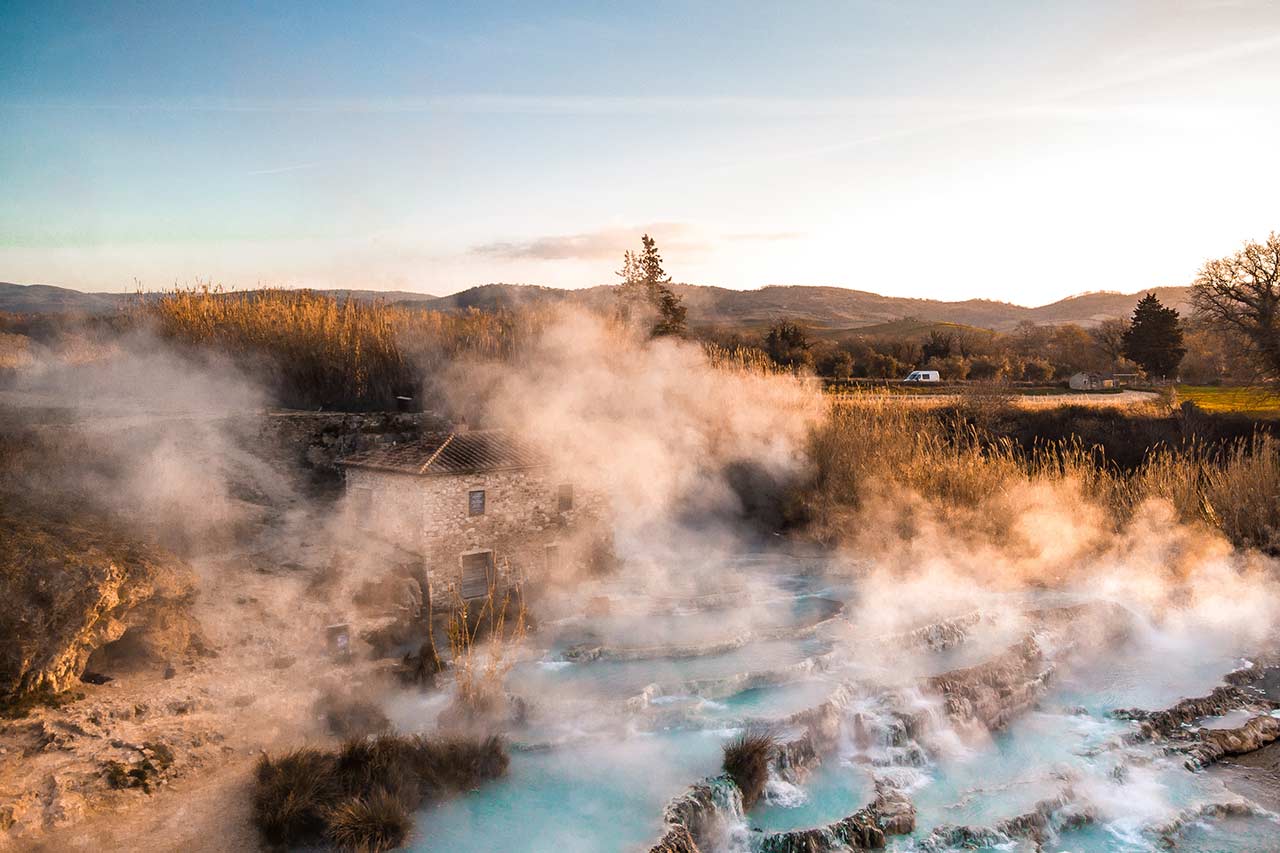When geothermal energy draws its inspiration from shale gas to produce green electricity

The thermal energy of our planet, coming from the heat of its nucleus and the natural radioactivity of its soils, is a formidable source of energy that, in contrast to renewable solar and wind energy, is continuously available. Alcimed, a consulting company specializing in innovation and the development of new markets, takes a look at the evolution of geothermal energy and the use of a potentially controversial technique: EGS (enhanced geothermal system).
Paris, August 30, 2017 – Geothermal electricity production amounted to 80 TWh in 2015, representing 0.3% of the world’s electricity production. With a 3% annual growth rate in recent years, this production is expected to reach 100 TWh per year by 2020, with an installed capacity of about 16 GW[1]. While the development of this sector depends largely on the price of fossil fuels, it also strongly relies on the ability of manufacturers to ensure that the resource is captured efficiently. This is due to the fact that geothermal electricity production is based on high-temperature aquifers, with temperatures between 150°C and 350°C.
In order to create artificial reservoirs in hot and dry rocks, or to stimulate existing reservoirs, manufacturers are now creating Enhanced Geothermal Systems (EGS) based on hydraulic fracturing. The first operational power plant to use EGS technology was inaugurated in 2008 in France, in Soultz-Sous-Forêts, with a capacity of 2 MWe.
Hydraulic fracturing is making its way into the geothermal sector
Although heat is available throughout the earth’s surface, particularly in the large volcanic basins such as Iceland or in favorable geological formations such as the Parisian Dogger basin, favorable conditions for the circulation of hot water to the surface are only present on less than 10% of the Earth’s surface. EGS is a response to this situation as it allows the capture of heat present in hot rocks. By injecting water at high pressure (100-300bar), the rocks are fractured to create channels. Water, naturally present or injected artificially from the geothermal plant then circulates in these cracks and warms up when in contact with the hot stones before being re-pumped for use for conventional electricity production. The water is finally injected into an artificial reservoir to form a process cycle.
Hydraulic fracturing is a technique used mainly in the Oil & Gas sector, particularly for the extraction of shale gas present in impermeable clay rocks. SGF (Shale Gas Fracking) fractures the rocks thus releasing the gas contained in its porosities. The technology is often criticized for the environmental and health risks it generates.
“An analogy between these technologies does not seem relevant in view of the many application parameters that distinguish them” – warns Julien Lefebure, a consultant at Alcimed. First of all, while SGF works in compression at fluid injection pressures between 500 and 800 bar, EGS works in shear, aiming for a range of 100 and 300 bar. In addition, EGS uses natural freshwater while SGF uses a mixture of water, supporting agents and chemical additives. Additionally, only in the case of SGF is the mixture loaded with toxic compounds extracted from the rocks, necessitating a water recovery and treatment system at the well outlet. Finally, if the risk associated with SGF is essentially hydrogeological, it is mainly of a seismic nature with EGS.
A difficult introduction to hydraulic fracturing for geothermal energy but with promising prospects
Of the thirty or so EGS development projects that have been carried out since the Forest Hill project (USA) in 1973, nearly 80% have generated seismic activity and 3 of them have been terminated.
The Basel geothermal power plant project (CH) was halted following a 3.4 magnitude earthquake in December 2006. This was also the case for the St Gallen power plant project (CH) which led to an earthquake with a 3.5 magnitude in July 2013. On the other hand, the geothermal power plants in Landau, Insheim, or Soultz-Sous-Forêts have still been able to see the light of day despite seismic events with magnitudes lower than 3.0 resulting from the developments.
The geothermal sector now uses these past cases as a basis for new measures to monitor seismic activity to promote the development of EGS. In addition, the pressure, temperature and fluid reinjection rate are adjusted on a case-by-case basis to minimize seismic risks.
A potential demonstrated from an energy point of view more than an economic one
Today, the geothermal capacity installed worldwide is 13 GWe. Recently, American studies have shown a multiplication of the global geothermal potential by a factor of 5 to 10 thanks to EGS. On this assumption, the potential is estimated to be between 1 and 2 TWe. Since the new plants are designed to support a factor of production of 0.9, the geothermal energy potential would, therefore, be 8000 TWh/year, or 34% of today’s global electricity production!
However, this sweet dream depends on the economic viability of the solution. The costs of electricity production by EGS systems vary widely from one power plant to another, ranging from $10c to 80c/kWh. These figures should be put in perspective with other energy sources: $7c/kWh for gas, $8c/kWh for industrial photovoltaics or $5c/kWh for nuclear power in France. The EGS Program defined by the US Department of Energy (DOE) aims to demonstrate the feasibility of a 5 MW reservoir by 2020, which would lower the production cost to $6c/kWh and make the technology competitive from a commercial point of view.
According to Ronan Lucas, a Project Manager at Alcimed, EGS systems have a bright future ahead of them. “First of all, they make it possible to stimulate or even create geothermal reservoirs, but also, on the longer term, to develop underground thermal energy storage techniques in order to address the energy challenges of the future!”
[1] Renewable Energy Medium-Term Market Report 2015, IEA